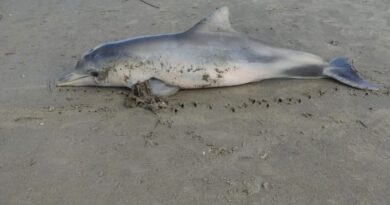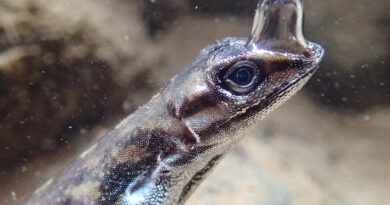Rare Leatherback Sea Turtle Returned To Sea After 4 Days Of Expert Treatment
A rare leatherback sea turtle has been returned to the ocean after undergoing four days of treatment at an Argentine centre.
The leatherback sea turtle (Dermochelys coriacea) was found by tourists walking along Costa Azul Beach in the partido of La Costa in the eastern Argentine province of Buenos Aires on 18th March.
The tourists contacted the Mundo Marino Foundation and volunteers arrived on the scene and found that the turtle was dehydrated and underweight.
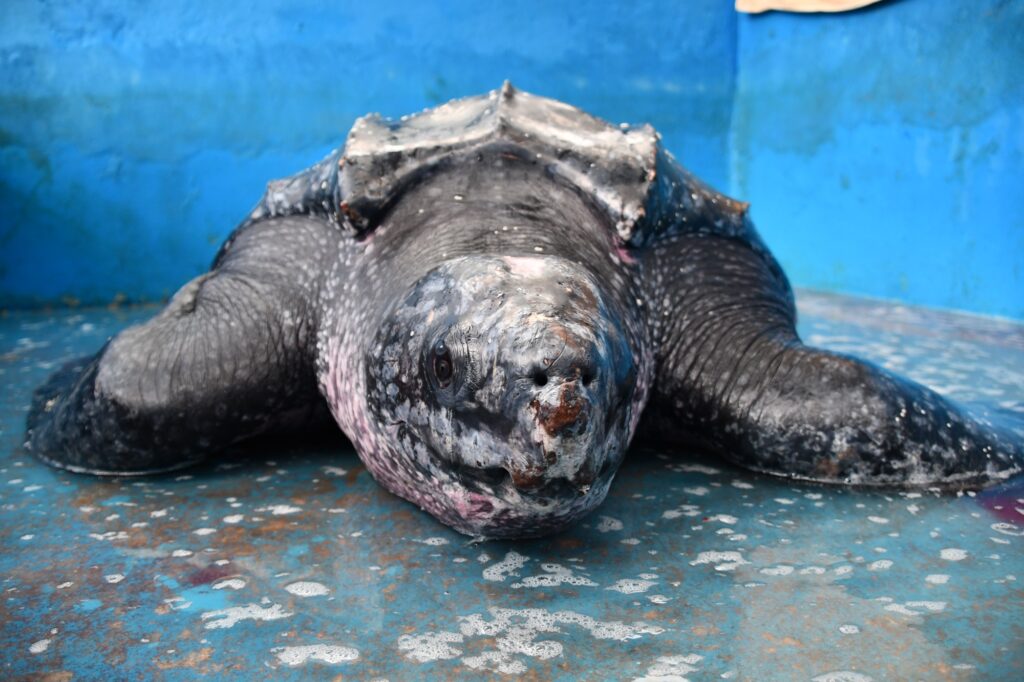
The 1.4-metre long leatherback weighed 208 kilogrammes (459 lbs).
According to the Red List of the International Union for Conservation of Nature (IUCN), leatherback sea turtles are considered ‘vulnerable’, however they listed as critically endangered in the south-eastern Atlantic region.
Mundo Marino Foundation biologist Sergio Rodriguez Heredia said in a statement obtained by Real Press that tourists showed videos to volunteers on the scene showing the turtle struggling to enter the sea.
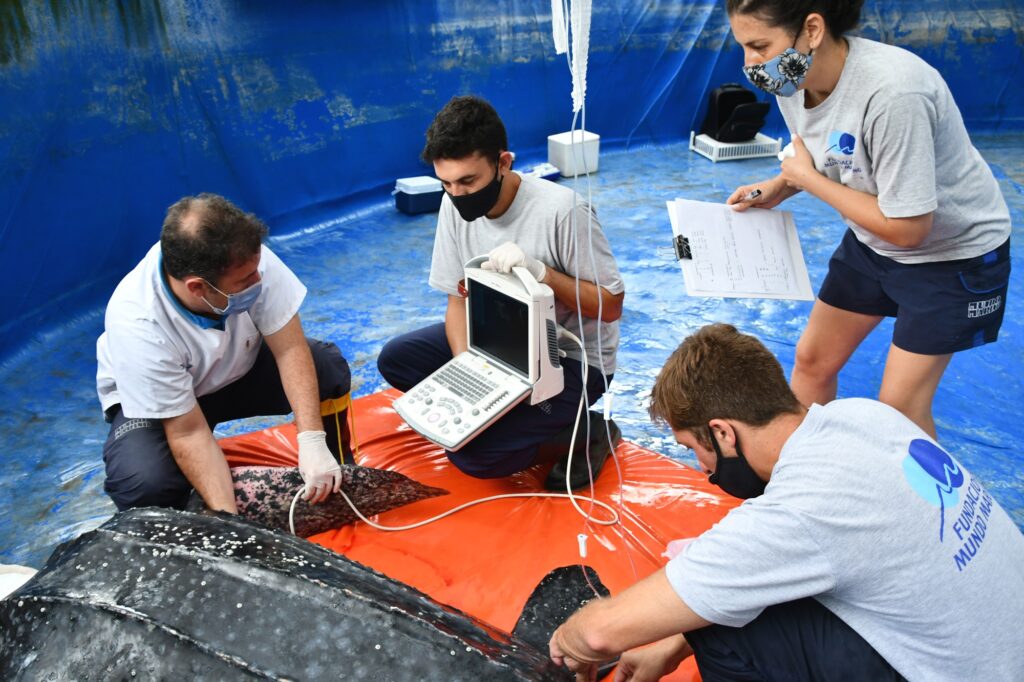
He added that the tourists kept a safe distance from the reptile and were not bothering it.
Volunteers watched to see if the turtle could return to the ocean for around 90 minutes before deciding it was too weak and needed treatment.
Rodriguez Heredia said: “As the turtle showed unusual behaviour and was exhausted after several attempts to enter the sea, we decided to bring it to our rescue centre.”
The biologist added that it was the first the foundation has ever treated this species as stranded leatherbacks are usually found dead on beaches.
He added: “It did not have marks or evidence of having been trapped in a fishing net. It also did not have injuries common with boat accidents, as usually happens with this turtle species.”
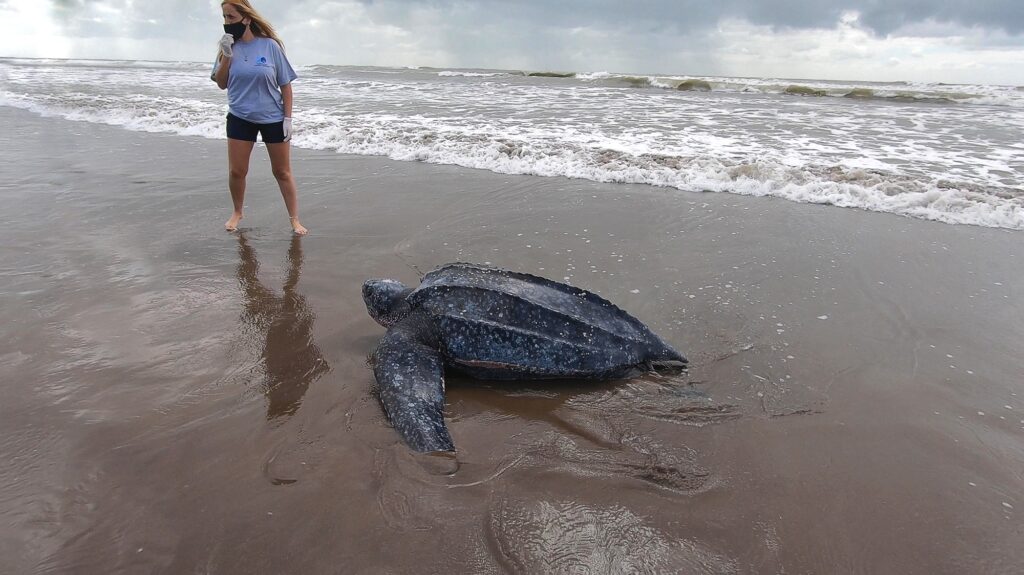
At the centre, experts carried out a series of tests and Rodriguez said: “It was apparently in a good state of health, but we did determine that it was underweight and dehydrated.”
He said that foundation experts observed the young turtle in the centre’s pool to find out if it was “strong enough to lift its head and breathe outside the water, how it swam, and if floated in a normal way.
“If it appeared unbalanced, it could mean it was suffering from pneumonia or gas in its intestines which could affect its health.”
The biologist said this species cannot undergo a long recovery process outside of their natural habitat because “they are deep sea turtles with a special diet of jellyfish that is hard for us to replicate, so the shorter the better”.
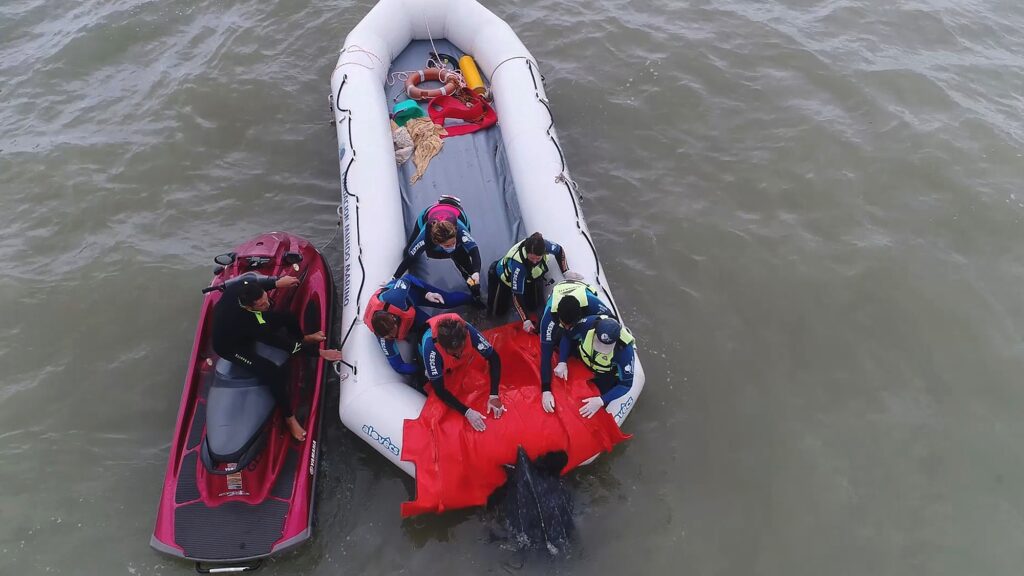
In the end, the turtle stayed with the foundation for four days before being returned to the sea.
Foundation vet Juan Pablo Loureiro said: “As well as dehydration, a blood test detected leukopenia, a reduced number of white blood cells, so it underwent a course of antibiotics.”
He added: “We also carried out an immunotherapy session to help boost its immune system.”
The day before its release, the reptile had another blood test and it was confirmed that it was on the mend and responding well in the centre’s pool.
On 22nd March, the turtle was taken to the coast of San Clemente del Tuyu and volunteers in a boat helped it return to the deep sea.
Foundation vice president Andrea Cabrera said the turtle’s release was “very moving” for volunteers.
Biologist Karina Alvarez said in a statement obtained by Real Press that leatherbacks do not have a bony shell hence their name.
Their diet is mainly jellyfish and they help to control jellyfish populations in the sea.
Alvarez added: “They migrate over great distances and it is known that the turtles on the Argentine coast are linked with those nesting on the African coast so they commonly cross the Atlantic to breed and find food.”

